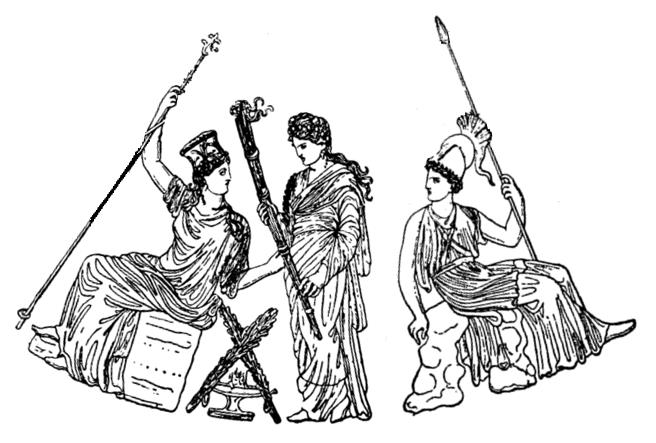RMA Dissertations
The Incorporation of Eleusis into the Athenian Polis
The City Eleusinion and the Sanctuary Material in the Wells of the Athenian Agora
Manon van der Maas
See full text in the UU repository
This thesis centres around early (eight-sixth century BC) Athenian and Attic state formation by focussing on the relations between Athens and another Attic locality that would occupy an important religious role within the Classical Athenian polis: Eleusis. The research question that is answered is the following: ‘When did the Athenian polis incorporate Eleusis, and how did this unification come about’? In summary, it is argued that Athenian-Eleusinian religious integration (starting in the seventh century BC) preceded a political unification at the end of the sixth century BC, when Eleusis became an Athenian deme.
The first half of the thesis is devoted to literary (chapter 1) and archaeological (chapter 2) scholarship on the question of the incorporation of Eleusis and the related process of the Athenian synoecism. The argumentations and sources used by previous scholars are examined, and it is determined that these sources do not reflect a simultaneous (early) political and religious incorporation, as has been posited previously. Instead, the Archaic relations between Athens and Eleusis presented in the sources can be understood better with the help of the concept of ‘peer polity interaction’. It is then argued that throughout the Archaic period the Eleusinians and Athenians interacted with each other on equal terms in the fields of warfare, elite competition, trade and – most importantly – religion, all within a shared cultural framework (that of the Attic ethnos). While (shared) cults had integrating qualities, a full political unification only took place at the end of the sixth century BC, by way of the Kleisthenic reforms of 508/7 BC. This hypothesis is elaborated upon in the second half of the thesis, in which the origins of Athenian-Eleusinian religious ties are examined. Thus, chapter 3 focusses on the one place that provides physical and contemporary evidence of Eleusinian-Athenian religious integration: the City Eleusinion, a branch sanctuary of Eleusinian Demeter to the south the Classical agora of Athens. To be able to date the start of religious integration between Athens and Eleusis, the diagnostic sanctuary material of the Eleusinion (including that from the Eleusinion pits, the Areopagos Terracotta Votive Deposit and the wells of the Athenian agora) is compared to the votives found in pyres A, B and C at Eleusis. In the end, it is argued that this material reflects a start of religious cooperation in the seventh century BC: in this period, then, the inhabitants of Athens and Eleusis were united for the first time on another level than trade and small-scale conflicts. A formal religious link between Eleusis and Athens was established, and perhaps the later-famous yearly procession between the two had roots in this century as well.


